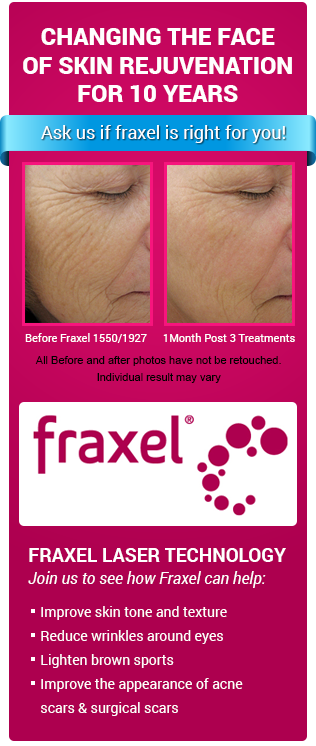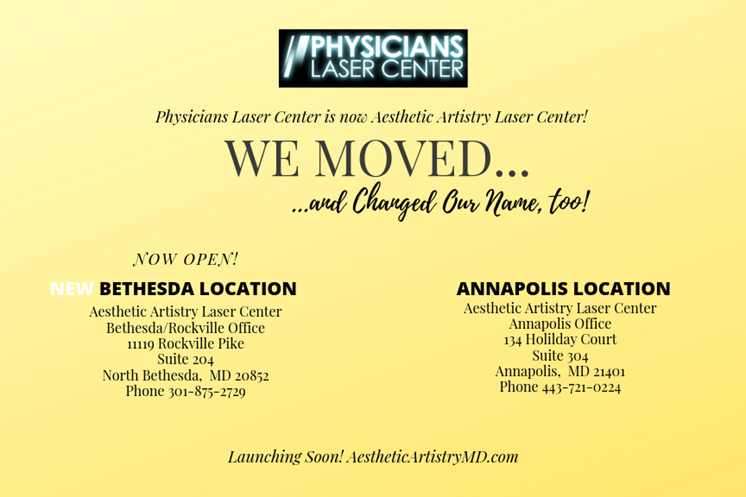Vascular Treatments
If you are someone who has acne lesions, port wine stains, rosacea, spider veins, hemangiomas, stretchmarks, wrinkles and other scars that are red in color, then you might want to consider having vascular laser treatment. The vascular laser uses intense light to destroy the blood vessels of the areas affected by these conditions, leaving other surrounding tissues intact. The advantage of lasers is the ability to target the blood vessel while leaving this surrounding tissue undamaged. As a result, the risk of scarring is extremely low.
What lasers are available to treat vascular lesions?
Depending on the specific nature of the condition, PLC offers two key solutions for the treatment of benign vascular lesions. The IPL (intense pulsed light) family successfully treat a broad range of vascular conditions including telangiectasia, port wine stains, hemangiomas, etc. Deeper vascular lesions can be treated with our Nd:YAG laser systems.
Some pigmented lesions have to be removed surgically, as they are potentially harmful. Can they be treated by IPL instead?
Technically, it is possible to treat such pigmented lesions with IPL and diminish their brown color; However, doing so does not affect the pre-malignanat cells; it only obscures them and delays the diagnosis. It is therefore essential to consult a dermatologist prior to IPL treatment of any suspect pigmented lesion.
How does laser therapy work?
To remove visible blood vessels or reduce extensive redness, vascular lasers emit wavelengths of light that target tiny blood vessels just under the skin. Heat from the laser's energy builds in the vessels, causing them to disintegrate. Generally, at least three treatments are required, depending on the severity of redness or visible blood vessels. Vascular lasers may also be used to help retard the buildup of excess tissue, and in severe cases a CO2 laser may be used to remove unwanted tissue and reshape the nose. New laser technology has been developed to minimize bruising, and recently developed devices called intense pulsed light sources mimic lasers but generate multiple wavelengths to treat a broader spectrum of tissue. As with any surgical technique, the safety and effectiveness of laser therapy may depend on the skill of the physician.
Is there any down time?
Your healing time will depend upon your actual treatment. There is virtually no downtime and you may resume moderate activity immediately. You may experience erythema (redness) which may last several days. Your specialist can answer questions about temporary changes to your skin colour and how they may be camouflaged.
Will it hurt?
There should be little to no discomfort, however this varies from patient to patient and depends on the depth of the treatment. There is no need for anaesthesia and your physician will discuss your options to properly manage any discomfort from the treatment. There should be no lasting post treatment discomfort.













